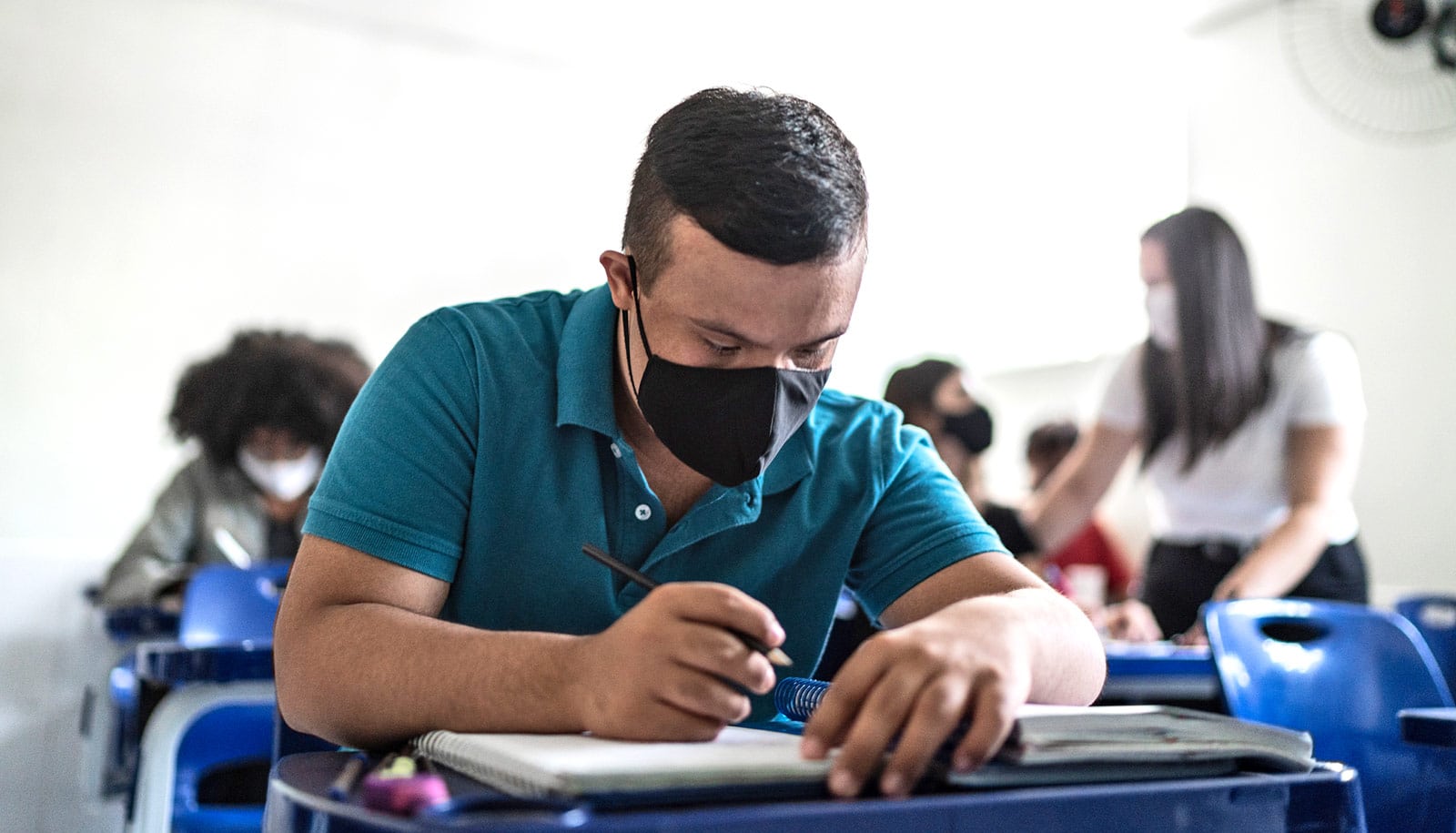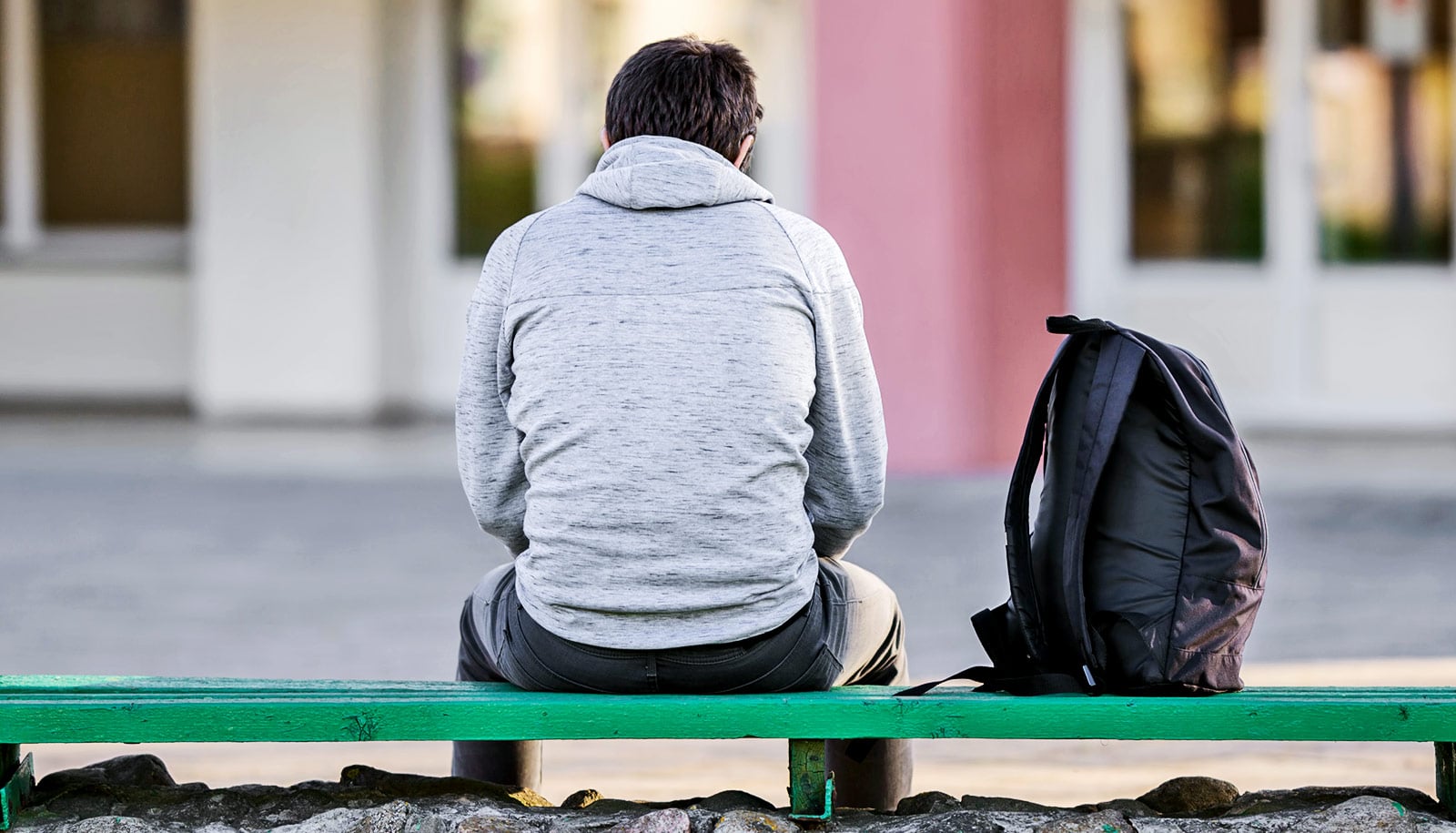Students who participated in universal school-based depression screening were twice as likely to begin treatment compared to their peers who did not receive this screening, according to a new study
The study provides important insights on how to tackle depression in youth, says principal investigator Deepa Sekhar, associate professor of pediatrics at the Penn State College of Medicine. The next step will be to look for ways to break down barriers so that school districts interested in implementing depression screening can effectively do so.
“Our study is publishing at a time when more adolescents are reporting symptoms of depression,” says Sekhar, a pediatrician at Penn State Health Children’s Hospital and executive director of Penn State PRO Wellness. “From 2008 to 2018, the numbers increased by over 70% from 8.3% to 14.4%. During the pandemic, concerns about increasing student depression have been widespread. Suicides, which are often associated with mental health conditions, are now the second-leading cause of adolescent death.”
Sekhar emphasizes the high need for screening given the growing incidence of unmet mental health needs among school students. “This research shows we do have better ways to reach students,” she says.
Why at school?
Because most children and teenagers are enrolled in public education, screening in schools can be a more effective approach to identifying symptoms and treating depression, Sekhar adds. Depending solely on doctors and other medical professionals to spot depression isn’t sufficient.
While the United States Preventative Services Task Force recommends universal depression screening for 12- to 18-year-olds in primary care, less than half of US adolescents have regular physician checkups and even fewer get screened. Schools currently conduct vision and hearing screening to identify barriers to student academic success, but Sekhar notes that depression can also affect academic success.
The three-year study was unique from previous ones on student depression because of its large size. More than 12,000 students in 9th through 12th grade, from 14 Pennsylvania public high schools, were involved, Sekhar says. Another distinctive element was that students were predominantly minority, from urban and rural districts, and many were from low socioeconomic backgrounds.
In each of the schools, students in two of the four high school grade levels were randomly assigned to be screened for depressive symptoms through an established questionnaire. Students in the other grades went through the school year as usual, receiving screening and support through Pennsylvania’s state-mandated Student Assistance Program only if they were flagged based on concerning behavior.
What would make depression screening in schools happen?
Researchers discovered that universal school-based screening for depressive symptoms increased both identification and treatment initiation for adolescent depression. The study also found greater identification of depressive symptoms among females and minority students, though these groups did not have significantly greater treatment initiation. Overall, students who received universal screening were twice as likely to initiate treatment. The researchers report their findings in JAMA Network Open.
“Looking at the results,” Sekhar says, “we want to focus next on what school districts, nationally, need to implement a universal screening program. We know support from administrators will be key, along with clear policies and procedures for screening and follow-up. It is also important to emphasize to schools and families that screening simply identifies symptoms and does not diagnose depression or any other mental health conditions.”
The researchers worked with stakeholders that included parents, students, school staff, and the Student Assistance Program. Sekhar says school districts were excited and extremely helpful during the research. School participation was staggered across the 2018-19 and 2019-20 academic years.
“Staff at our participating schools were pretty amazing; they were willing to take the leap with us,” she says. “There are a lot of great educators out there who are incredibly dedicated to their students.”
Coauthors from Penn State College of Medicine, Seattle Children’s, and the Garrett Lee Smith Youth Suicide Prevention Grant also contributed to this research. The Penn State researchers disclose no related conflicts of interest.
Support came from a Patient Centered Outcomes Research Institute (PCORI) Award and the Health Resources and Services Administration of the US Department of Health and Human Services. The use of Research Electronic Data Capture in this project had support from the National Center for Advancing Translational Sciences of the National Institutes of Health through Penn State Clinical and Translational Science Institute. The views presented in this publication are solely the responsibility of the authors and do not necessarily represent the views of the study sponsors.
Source: Penn State



